(NLDO) - "God's Eye" James Webb has just captured a collision that created dust 100,000 times larger than what the asteroid that killed the dinosaurs caused.
According to Live Science , the fierce images that the world's most powerful space telescope, James Webb, just recorded were caused by two giant asteroids crashing into the young star system Beta Pictoris, located 63 light-years away in the constellation Pictor.
The collision released 100,000 times more dust than the Chicxulub asteroid that killed the dinosaurs on Earth 66 million years ago.
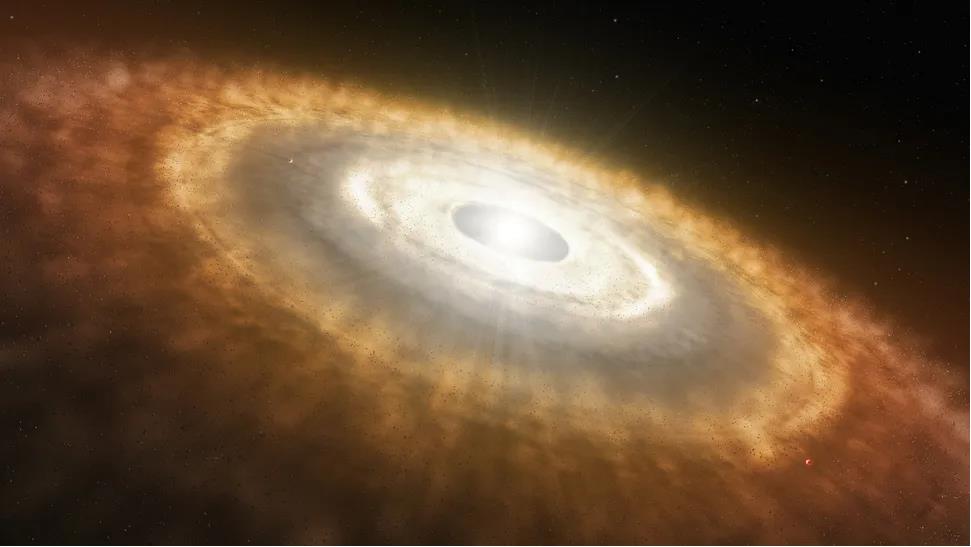
A young star surrounded by a protoplanetary disk, with the first planets beginning to form within the disk - Graphic: ESO
Before James Webb, another telescope, NASA's Spitzer, imaged the same area 20 years ago.
This led a team from Johns Hopkins University to notice huge clumps of silicate dust that were not visible in Spitzer images. This confirmed a recent collision, right in front of Earth's eyes, though too far away to be seen with the naked eye.
Beta Pictoris is only 20 million years old, very young compared to our 4.5 billion year old "middle-aged" solar system.
So inside this star system there is still a protoplanetary disk, which is a large, dense disk of gas and dust. There are two giant gas planets forming inside it.
Scientists believe that this star system continued to form rocky planets in the inner part, just as Earth and the surrounding rocky planets formed later than Jupiter in the early Solar System.
That means this giant star system is inadvertently a model of the Solar System's past, when young planets may have faced more violent cosmic impacts.
Therefore, this discovery is also an opportunity for humanity to understand how valuable early collisions are in shaping star systems and the formation and evolution of planets within them.
Source: https://nld.com.vn/he-hanh-tinh-khac-hung-tan-the-truoc-mat-nguoi-trai-dat-196240612101007479.htm


![[Photo] Keep your warehouse safe in all situations](https://vphoto.vietnam.vn/thumb/1200x675/vietnam/resource/IMAGE/2025/10/1/3eb4eceafe68497989865e7faa4e4d0e)


![[Photo] President of the Cuban National Assembly visits President Ho Chi Minh's Mausoleum](https://vphoto.vietnam.vn/thumb/1200x675/vietnam/resource/IMAGE/2025/10/1/39f1142310fc4dae9e3de4fcc9ac2ed0)
![[Photo] Hanoi morning of October 1: Prolonged flooding, people wade to work](https://vphoto.vietnam.vn/thumb/1200x675/vietnam/resource/IMAGE/2025/10/1/189be28938e3493fa26b2938efa2059e)

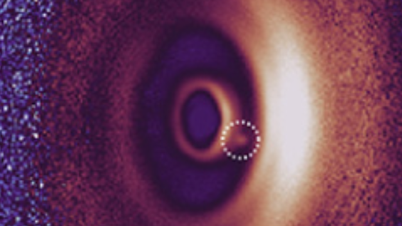



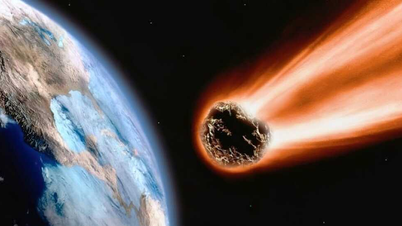
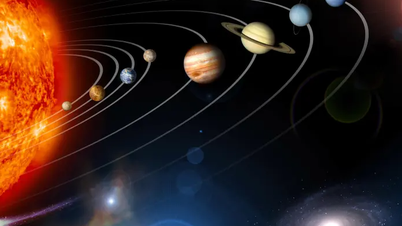
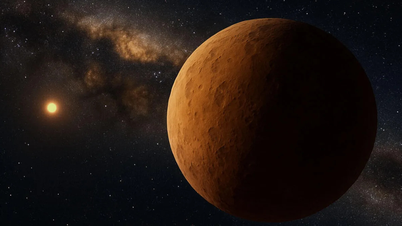
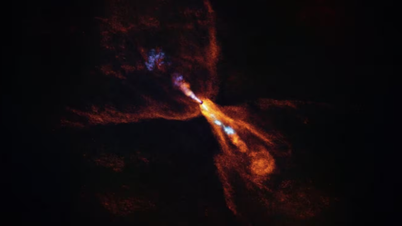



![[INFOGRAPHIC] DJI Osmo Nano Action camera, super compact, 4K 120fps recording](https://vphoto.vietnam.vn/thumb/402x226/vietnam/resource/IMAGE/2025/10/1/8408489112ee446dab897373255c827e)
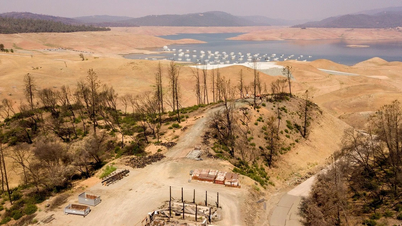











































































Comment (0)